Iskander and the "Iskanderization" [i]
One of the key weapons used in the Ukrainian conflict...
The Iskander ballistic missile has emerged as one of the defining symbols of the Special Military Operation. In Western media, this operation is often labeled as "Unprovoked Brutal Aggression" or a "Full Scale Invasion". Regardless of the terminology used, one fact remains clear: Iskander is a force, among several others, that shapes outcomes on the battlefield and likely influences the war’s outcome.
Renowned for its precision and versatility, the Iskander missile system has come to represent Russian military power, with its frequent use giving rise to what some have dubbed the process of "Iskanderization." It continues to draw the attention of military analysts and the media, with its specifications and capabilities widely discussed in defense publications.
Yet beyond the numbers lies a deeper narrative. To truly understand the Iskander system, one must look beyond performance metrics and examine the operational principles, design rationale, and tactical logic that define it. This exploration goes beyond raw data to uncover the strategic thinking that underpins its development.
What follows is an in-depth look at one of the world’s most effective tactical missile platforms. This is not a strictly technical article filled with complex details; instead, it takes a descriptive and accessible approach, aimed at helping the ordinary reader, without a technical or military background, grasp the essence of what lies behind the Iskander system. By breaking down its core concepts and strategic significance, this exploration aims to make the subject more accessible to a broader audience.
Origins
Ballistic missiles first emerged in the 20th century, beginning with the Nazi Germany V-2, the world’s first tactical ballistic missile. Capable of delivering a one-ton explosive warhead over a distance of 300 kilometers, the V-2 marked the dawn of a new era in warfare.
Following World War II, as ballistic missile technology progressed toward intercontinental capabilities, the development of tactical ballistic missile systems continued in parallel. A practical upper range limit for these tactical systems was established at approximately 500 kilometers. Within this range, missiles could be made small enough to be mounted on self-propelled launch platforms, typically adapted from tank or heavy truck chassis. This significantly enhanced their mobility and operational flexibility, enabling rapid deployment and repositioning. As a result, tactical ballistic missiles gained the ability to strike strategic targets deep within enemy territory—targets that had previously been beyond the reach of conventional artillery or shorter-range systems.
Tactical ballistic missiles were developed to destroy high-value ground targets, including air defense systems, airfields, rail junctions, industrial facilities, storage depots, bridges, command posts, communication centers, and power plants. Their limited accuracy—often with errors measured in hundreds of meters—was compensated by planning the use of nuclear warheads, which ensured effective destruction despite imprecise targeting.
The combination of mobility, range, and immense destructive power proved highly effective, driving the continuous evolution of tactical missile systems throughout the Cold War and beyond.
In 1955, the Soviet Union introduced the R-11 missile system, which had a range of 270 kilometers. NATO designated it as the Scud-A ("Squall"). This was followed in 1962 by the Elbrus tactical missile system, armed with the R-17 missile—better known in the West as the Scud-B. These early systems used liquid-fueled motors and were guided only during the boost phase, after which they followed a ballistic trajectory to their target.
The next stage in the evolution of tactical ballistic missiles was marked by the introduction of solid-fuel propulsion and in-flight control throughout the entire trajectory—a significant leap in accuracy and responsiveness. In 1975, the Soviet Union adopted the Tochka-U missile system, which featured short stabilizing fins located mid-body to enhance flight stability.
This was followed in 1980 by the Oka missile system, which introduced lattice fin control surfaces at the rear of the missile, offering improved maneuverability and control during flight.
The most significant leap came in 2006 with the introduction of the Iskander missile system. The Iskander missile system was developed under the leadership of Chief Designer Oleg Ivanovich Mamalyga. Representing a new generation of precision-guided tactical ballistic weapons, Iskander combined advanced guidance systems, high mobility, and pinpoint accuracy, setting a new standard in battlefield missile technology.
Trajectories and Aerodynamics Behind Iskander
Aerodynamic Lift and the Extended Trajectory of Ballistic Missiles
While air resistance is typically regarded as a force that slows down ballistic objects, it can also play a crucial and often underestimated role in extending a missile's flight path, thanks to aerodynamic lift. In certain flight conditions, this lift can be substantial, sometimes exceeding the force of gravity by several times, thereby significantly influencing the missile’s trajectory.
At supersonic speeds, a repeating pattern of airflow compression forms along the missile's body. Even a small angle of attack, as little as one or two degrees, can create intense aerodynamic pressure on the side facing the airflow. This pressure is typically strongest around the midsection of the missile and weaker toward the ends, where the airflow begins to curve and wrap around the body.
When these pressure forces are analyzed across the missile’s entire surface, they combine into a net lifting force. This lift supports the missile in flight by counteracting gravity and delaying its descent. In some cases, the generated lift can be much greater than the missile’s own weight, producing not only vertical lift but also significant lateral (side) forces that influence the missile's path.
The overall effect of aerodynamic lift is governed by the interaction of flight speed, air density, and the missile’s angle of attack, forming a complex but powerful mechanism that enables precision maneuvering and extended range during flight.
Aerodynamic Lift and the Aeroballistic Trajectory
The lift generated by a missile doesn't need to act strictly upward—it can also be angled or even directed horizontally. When oriented this way, the lift force pushes the missile sideways, allowing it to curve its flight path left or right. By precisely controlling both the magnitude and direction of the lift, the missile can perform sharp trajectory adjustments and even execute aerial maneuvers while in flight.
One particularly important application of aerodynamic lift is its ability to extend flight time by delaying descent. When used in this manner, the missile's otherwise ballistic trajectory is elongated in the direction of travel. This results in a semi-ballistic flight path—still following the general form of a traditional ballistic arc, with a gradual climb, a peak, and a descending segment—but now influenced by aerodynamic forces during its passage through the atmosphere.
In this modified trajectory, aerodynamic lift reduces the missile's descent rate, causing the downward arc to flatten. As a result, the missile travels farther than it would along a purely ballistic path, and the impact point shifts forward, effectively increasing its range.
This hybrid trajectory, which blends the characteristics of ballistic motion with sustained aerodynamic influence, is known as an aeroballistic trajectory.
Variations of Aeroballistic Trajectories
Aeroballistic trajectories can take several forms, generally grouped into two primary categories:
Trajectories that remain entirely within the atmosphere
Trajectories that include a midsection extending into near space
The design and onboard systems of a missile depend heavily on which of these two flight profiles it follows, i.e., whether or not the missile exits the atmosphere for a portion of its flight.
In space-extending aeroballistic trajectories, only the ascent and descent phases occur within the atmosphere. These phases are where aerodynamic lift becomes a crucial factor.
During ascent, aerodynamic lift can reduce the reliance on vertical thrust from the rocket motor. By increasing the angle of inclination and enhancing horizontal acceleration, lift allows the missile to conserve fuel that would otherwise be used for vertical climb. This results in an extended flight range. A useful comparison is the Pegasus space launch vehicle, which used a triangular supersonic wing to generate lift during its atmospheric ascent. Similarly, a missile’s angled fuselage—even without dedicated wings—can produce enough lift to aid its climb.
During descent, as the missile reenters the atmosphere, aerodynamic forces once again come into play. Lift can be used to flatten the reentry trajectory, shifting the impact point farther downrange and increasing overall range. Additionally, these aerodynamic forces can enable evasive maneuvers, helping the missile avoid interception by enemy air defenses.
The combination of aerodynamic control and high-speed maneuvering makes aeroballistic missiles difficult to predict and counter, giving them a strategic advantage in modern warfare.
Maneuvering Beyond the Atmosphere and Within
Missile maneuvering is not limited to the atmospheric phases of flight. In the space segment, if the missile is equipped with small onboard maneuvering engines, it can perform midcourse trajectory adjustments outside the atmosphere as well. When these maneuvers are frequent and substantial, the flight path is often referred to as quasi-ballistic—a term that remains loosely defined and lacks formal technical classification. Nonetheless, it is commonly used to describe non-traditional, actively adjusted trajectories that diverge from the predictable arcs of purely ballistic missiles.
The space segment also offers a strategic opportunity for deploying decoys or false targets, which can be released mid-flight. In such operations, the missile typically avoids further maneuvering after releasing decoys to maintain camouflage within the cloud of false targets. Any additional movement could expose the missile’s true identity and compromise the deception.
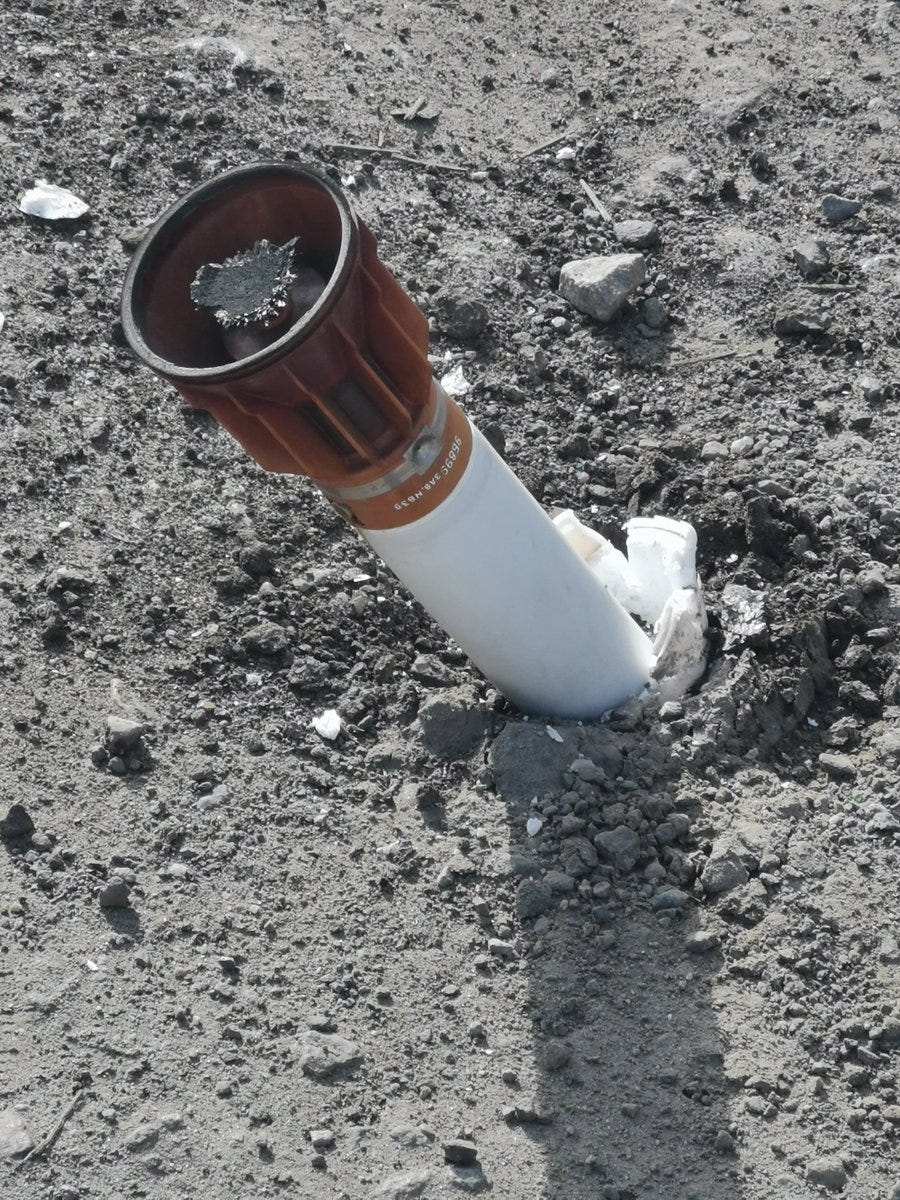
Alternatively, a missile can follow an entirely atmospheric trajectory, remaining within the atmosphere throughout its flight. While this limits maximum range due to atmospheric drag, it offers the advantage of continuous aerodynamic maneuverability. This ability to perform evasive maneuvers at all altitudes can greatly enhance survivability, increasing the likelihood of the missile penetrating air defenses and successfully reaching its target.
The Trajectory of the Iskander Missile
The Iskander missile system is engineered to employ a flexible range of flight trajectories, combining both exoatmospheric ballistic arcs and flatter, aeroballistic paths within the atmosphere.
The classic exoatmospheric ballistic trajectory remains a core option, maximizing the missile’s range. In this mode, the missile ascends above the dense layers of the atmosphere, significantly reducing air resistance during the high-altitude segment of its flight. Upon reentry, aerodynamic lift can be used to flatten the descending trajectory, extending the range by pushing the impact point farther downrange.
Moreover, the exoatmospheric segment enables the missile to deploy multiple decoys, including a variety of false targets. Instead of a single, easily trackable target, enemy defenses are confronted with a complex cloud of potential threats—not a “fat duck,” but a blurry flock of sparrows. This deliberate tactic complicates interception efforts, making defense systems’ targeting more challenging.
Alternatively, the Iskander can execute a low, entirely atmospheric trajectory. While this profile consumes more energy due to constant atmospheric drag—resulting in a shorter maximum range—it offers a critical advantage: continuous aerodynamic maneuvering. By exploiting atmospheric lift and control, the missile can perform real-time evasive maneuvers, significantly increasing its chances of penetrating dense air defense zones.
Although maneuvering reduces effective speed to target (due to a longer flight path), it greatly enhances survivability and mission reliability. This atmospheric flight profile is actively employed by the Iskander system, demonstrating its versatility in adapting to complex battlefield environments.
Official specifications often cite the missile’s flight altitude as 50 kilometers, but it remains unclear whether this figure refers to:
The maximum altitude reached during a relatively flat aeroballistic arc, or
A sustained quasi-horizontal flight at around 50 km altitude, where the missile performs extended gliding maneuvers, gradually converting excess speed into greater range through a shallow, controlled descent.
Velocity Profile of the Iskander Missile:
End of boost phase: approximately 2,100 m/s
Start of terminal phase: approximately 2,600 m/s
Near target (impact phase): approximately 700–800 m/s
Speed is a critical factor that directly influences both the missile’s range and its maneuverability throughout the flight. Higher velocity enhances the aerodynamic forces the missile can generate, improving its capability to evade interception. Consequently, delivering and maintaining the required speed is the primary objective of the propulsion system.
Propulsion - the Solid-Fuel Core of the Iskander
Every missile trajectory begins with its motor, often called the “engine”, the critical component that establishes the missile’s velocity and provides the essential impulse for ballistic flight. However, for modern tactical systems like the Iskander, propulsion demands extend well beyond basic ballistic requirements.
Early tactical missile motors were primarily liquid-fueled. These motors delivered high energy efficiency and enabled thrust modulation, providing precise control during flight. However, they posed significant logistical challenges. Liquid-fueled missile systems required extensive support, including convoys of fuel and oxidizer tankers, compressor stations, and auxiliary equipment. The lengthy fueling process reduced battlefield responsiveness and increased vulnerability during the launch preparation phase.
By contrast, solid-fuel rockets simplify operations dramatically and enable much faster launch readiness. This rapid response capability represents a critical tactical advantage, despite solid fuels typically having lower energy density compared to liquid propellants. Still, the production of large, reliable, and consistent solid-fuel charges demands advanced technological expertise and rigorous quality control.
The primary difficulty in producing solid fuel lies in manufacturing large solid propellant blocks that are:
Uniform in composition and density throughout their entire volume,
Mechanically stable over time, resisting sagging, cracking, or delamination during extended storage,
Resilient to extreme stresses, including accelerations of up to 30 g experienced during launch and in-flight maneuvers.
While the exact formulations used in the Iskander remain classified, the general composition of modern solid propellants provides valuable insight into their likely makeup.
Typical solid rocket fuel consists of:
Oxidizer: Crushed ammonium perchlorate (NH₄ClO₄), which releases oxygen when heated.
Fuel components:
Finely powdered aluminum, which burns intensely in the released oxygen at temperatures around 3300°C.
Hydrocarbon binder-fuel, usually polybutadiene acrylonitrile rubber (PBAN), which acts both as a combustible and as a binder holding the propellant mixture together.
To optimize performance, various additives are incorporated:
Plasticizers — to provide pliability to the uncured mixture during processing.
Epoxy hardeners — to stabilize the final cured fuel.
Catalysts and inhibitors — to control the combustion rate.
Oxidation inhibitors and phlegmatizers — to reduce sensitivity to friction, shock, and temperature fluctuations.
The final product resembles a dense, rubbery material similar in texture to a pencil eraser. A representative solid fuel composition might be:
69.6% ammonium perchlorate (oxidizer)
16% metallic aluminum (fuel)
12% polybutadiene acrylonitrile (fuel + binder)
1.96% epoxy hardener
0.4% iron powder (catalyst)
This robust and precisely engineered solid-fuel core enables the Iskander missile to achieve high initial speeds—up to 2,600 m/s—and supports rapid launches with minimal logistical requirements. These capabilities are crucial for a modern, mobile tactical missile system designed to operate effectively under time-sensitive and contested battlefield conditions.
The Critical Nature of Proper Fuel Combustion
For a missile like the Iskander, simply igniting the fuel is not enough—the combustion process must be precisely controlled. Solid fuel combustion involves numerous interdependent physical and chemical processes, many too complex to be fully captured by analytical models. Despite this complexity, the combustion must behave predictably to ensure the safe and effective operation of the engine.
The fuel must burn:
· Evenly and predictably, following the design specifications.
· Without transitioning into detonation, which could damage the missile.
· Without combustion instability, such as:
o High-frequency acoustic oscillations disrupting chamber pressure.
o Gas-dynamic instabilities affecting smooth engine operation.
The Iskander’s solid-fuel motor operates for a very brief duration—enough to propel the missile approximately 12–15 kilometers before burnout, depending on the chosen trajectory. After this brief powered phase, the missile continues its flight entirely under the influence of inertia, guided by aerodynamic and inertial controls.
This brief burn implies several key points:
The missile experiences rapid acceleration immediately after launch,
The motor delivers extremely high thrust over a short period, and
The propulsion system is single-stage, with a single fuel grain burning continuously.
Exact figures for fuel mass, thrust, or burn duration remain classified or unavailable in open sources. However, based on observed performance and trajectory profiles, it is evident that the Iskander relies on a powerful, high-efficiency solid rocket motor optimized for speed, agility, and battlefield responsiveness.
Missile Design
The Iskander missile’s airframe is divided into two main sections:
A rear cylindrical section that houses the solid-fuel motor,
A front conical section containing the warhead, decoys, and various onboard systems, ending in a pointed nose fairing.
This layout strategically shifts the center of pressure—the point along the missile’s length where aerodynamic forces act—toward the rear. When the center of pressure is located behind the missile’s center of mass, it creates a stabilizing aerodynamic moment, which enhances flight stability at high speeds.
The missile operates at high supersonic speeds and can reach hypersonic velocities of up to Mach 7. At such speeds, the airflow around the missile compresses and heats up dramatically, with temperatures exceeding 1,000°C.
To withstand these extreme conditions:
The aerodynamic control surfaces are made of heat-resistant metals that can withstand intense thermal and aerodynamic stresses.
The missile’s body is coated with a thick polymer-based heat-protective layer.
This coating also acts as a radar-absorbing material, reducing the missile’s radar cross-section and helping it evade detection by enemy air defense systems.
Additionally, the missile’s external design minimizes its radar signature by avoiding protrusions, visible joints, or openings on the surface. The smooth, flush design significantly reduces radar scattering, improving the missile’s stealth characteristics.
Structural Overview of the Iskander Missile System
The Iskander missile employs gas-dynamic rudders that operate inside the engine’s exhaust jet stream. These rudders are made from heat-resistant materials to withstand the extreme temperatures of the rocket plume. Their control effectiveness is particularly important during flight phases when traditional aerodynamic surfaces have limited influence, such as the first seconds after launch or at high altitudes where the air is very thin.
These gas-dynamic rudders consist of four small fins positioned inside the engine’s nozzle jet. Fixed to the nozzle section, they work in tandem with the aerodynamic rudders to provide precise trajectory control. This technology has historical roots dating back to the German V-2 missile and remains an effective feature of the Iskander system.
By angling these rudders within the supersonic exhaust jet, they generate directional forces on the underside of the rocket, enabling it to pivot and finely adjust its flight path.
Flight Control and Guidance System
The flight control system performs several vital functions, with the primary objective being guidance, ensuring the missile’s flight path aligns precisely with the target coordinates.
At the heart of the navigation system is an Inertial Measurement Unit (IMU), which includes:
· Three accelerometers that continuously and accurately measure acceleration along three mutually perpendicular axes,
· Integrators that process these acceleration signals into velocity, and subsequently, through double integration, into spatial coordinates.
This allows the inertial unit to continuously determine the missile’s current velocity vector (both magnitude and direction) and its precise position in three-dimensional space. Complementing this, gyroscopes track the missile’s angular orientation (pitch, yaw, and roll).
The control system continuously compares the measured velocity, position, and orientation data against the pre-programmed flight plan. It calculates any deviations and generates real-time control commands to the rudders, guiding the missile to:
· Rotate relative to its center of mass and the oncoming airflow,
· Adjust its position in space to stay on the desired trajectory.
Additional Navigation Inputs
To enhance accuracy and reliability, the guidance system supplements inertial measurements with data from several additional sources:
GLONASS satellite navigation, providing position corrections and reducing cumulative inertial navigation errors,
Radar homing heads, used during the terminal phase to detect and track the target actively,
Optical homing systems further refine targeting accuracy in the final flight segment by visually identifying the target.
This multi-layered navigation architecture significantly improves the missile’s precision and enables dynamic in-flight maneuvering to overcome defensive measures and reach the intended target.
Key Specifications of the 9M723 Aeroballistic Missile :
Length: 7.3 meters
Diameter: 0.92 meters
Weight: 3.8 tons
Flight Range: Up to 400 kilometers
Accuracy (Circular Error Probable - CEP):
Without a homing system: 30–70 meters
With a homing system: 5–7 meters
Interceptor Targeting Dynamics
Successful interception requires the anti-missile system to maintain continuous visual or sensor lock on the target. However, as the missile performs evasive maneuvers, it rapidly moves out of the interceptor’s field of view. To counter this, the interceptor must execute sharp lateral maneuvers, subjecting itself to high lateral overloads of 30–40 g to keep the target centered within its tracking sensors.
If the interceptor cannot generate the necessary overload to match the target’s evasive movements—meaning the required maneuvering exceeds the interceptor’s structural or control limits—it will either:
Destroy itself due to the excessive mechanical stresses, or
Lose lock on the target as it leaves the sensor’s field of vision, causing guidance failure and resulting in the termination of the interception attempt.
This dynamic creates a significant tactical advantage for the Iskander missile’s maneuvering capability, effectively rendering interception highly impractical or even impossible.
Maneuvering Algorithm Concept
One possible approach for the Iskander’s evasive flight control could operate as follows:
The control system projects a reference point several kilometers ahead along the missile’s planned (nominal) trajectory.
At this reference point, it constructs a flat square plane perpendicular to the trajectory. This plane is divided into equal cells arranged like a tic-tac-toe grid.
Using a true random number generator, the control system selects one cell within the grid and designates a target “cross” at that location.
The missile then maneuvers laterally to this cross, deliberately deviating from its nominal flight path.
Upon reaching the chosen cell, the reference point moves forward along the original trajectory, a new tic-tac-toe grid is drawn, and a new random target cell is selected.
This random, dynamic lateral movement makes the missile’s flight path unpredictable, greatly complicating interception attempts.
Crucially, the choice of target cells is strictly random. If the system followed any predictable pattern, advanced algorithms could analyze previous maneuvers and forecast future ones, enabling interceptors to pre-position and increase their chances of success. Genuine randomness effectively prevents such prediction.
To keep the missile on course overall, the control logic continuously compares the missile’s lateral deviations within the tic-tac-toe grid against the general direction to the target. This ensures that while the missile “flutters” unpredictably, it never strays too far from its intended trajectory. The resulting flight resembles a mix of a free-falling stone and a fluttering maple leaf—combining ballistic motion with chaotic, evasive lateral shifts that severely hinder interception.
This explanation is schematic and simplified—the actual algorithm used by Iskander is more complex and remains classified.
Final Stage Maneuvers
In its terminal phase, the missile performs a steep vertical dive toward the target. This maneuver:
Further complicates interception by minimizing the window for defensive systems to react;
Brings the missile as close as possible to the target before impact;
Simplifies homing when the missile is equipped with an optical guidance system by providing a direct line of sight.
Precision Hit Using the Correlation-Extreme Method
To achieve highly accurate strikes beyond the capabilities of inertial navigation alone, the missile can be equipped with an optical homing head, which delivers a precision accuracy of about 5 to 7 meters, sufficient for reliably hitting point targets.
This optical homing uses the correlation-extreme method, working as follows:
Prior to launch, the missile’s onboard memory is loaded with a high-resolution image of the target area’s terrain. This image is obtained from satellite, aircraft, or drone reconnaissance in the optical spectrum.
As the missile approaches the target, its optical homing head continuously captures real-time images of the terrain below.
The missile compares these live images with the stored reference image, using correlation algorithms to precisely identify the target area.
Once the terrain surrounding the target is recognized, the missile locks onto it and guides itself with high accuracy for the terminal strike.
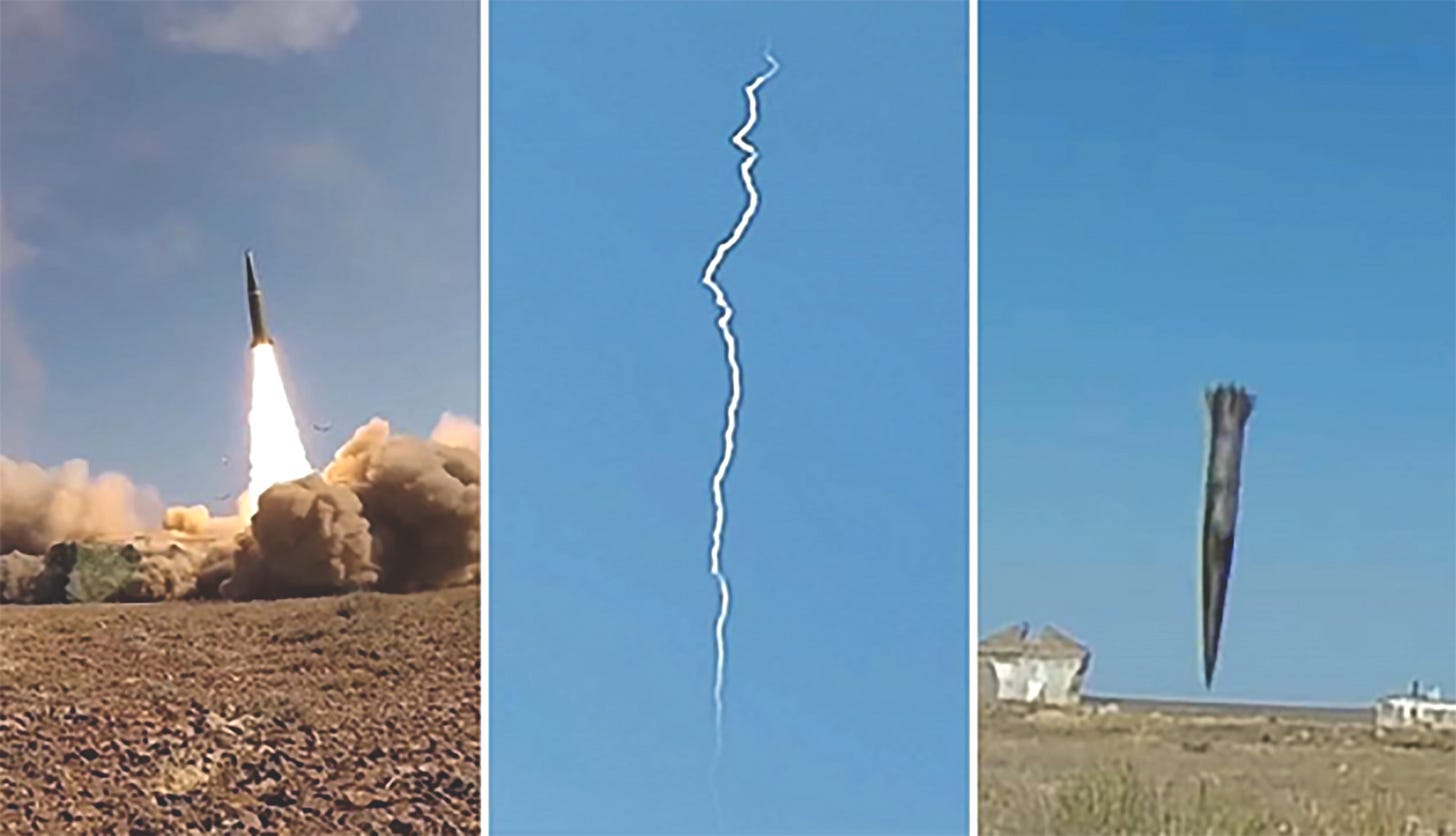
Correlation-Extreme Method Explained
Image Capture and Reference Storage
Before launch, the missile’s onboard computer is loaded with a high-resolution reference image of the target area. This image is taken from satellites, drones, or reconnaissance aircraft.
Continuous Image Comparison During Flight
As the missile approaches the target, its optical homing head continuously captures real-time images of the terrain below. The homing system compares these live images with the stored reference.
Correlation: Measuring Similarity
The system calculates a correlation coefficient, a numerical value indicating how closely the live image matches the reference image. A higher correlation means the current view is more similar to the target area.
Finding the Extreme (Maximum) Correlation
The missile searches for the maximum correlation value — the point where the live and reference images match best. This “extreme” point signals the missile’s optimal position relative to the target.
Trajectory Adjustment
Using this maximum correlation point, the missile’s guidance system makes precise trajectory corrections. It minimizes the difference between the missile’s current location and the exact target location by steering to increase correlation.
Compensating for Errors
This method corrects small errors introduced by atmospheric disturbances or inertial navigation drift, effectively allowing the missile to “lock on” visually to the target during the final flight phase.
Handling Changing Perspectives
Because the missile views the terrain from different and changing angles, the live and stored images are never perfectly identical. The correlation coefficient quantifies how well the images match despite these differences.
Advanced Algorithmic Guidance
Onboard algorithms—often involving Kalman filters—analyze how small trajectory changes impact correlation, guiding continuous adjustments to maximize similarity and ensure precise impact.
This method enables the missile to strike with high accuracy (5–7 meters CEP), making it highly effective against point targets.
In simple terms, the correlation-extreme method means the missile searches for the spot where its current view of the terrain best matches the stored reference image of the target area. By analyzing how closely the two images match at any moment, the control system calculates how to steer the missile to improve that match.
The control system then sends commands to the missile’s aerodynamic rudders, adjusting their angles to change the flight path accordingly. This process keeps repeating, guiding the missile closer and closer to the target.
This method isn’t new. In the early 1980s, it was used in radar-guided form on the Pershing-2 medium-range ballistic missile, which corrected its course three times based on radar images of the terrain.
Today, most cruise missiles use this approach. The Iskander missile can use either radar or optical homing heads. The radar version (designated 9B918) was introduced in 2009 with a modified missile (9M723-1F). The optical version (9E436) works because the missile slows down to supersonic speeds near the target (700-800 meters per second), avoiding a hot plasma layer that would otherwise block the homing head’s view.
Warhead of the Iskander Missile
The warhead of the Iskander missile weighs about 480 kilograms and can be configured in up to ten different types, covering a broad range of effects. These include both nuclear and non-nuclear options:
Thermonuclear warhead: A special nuclear warhead estimated to have a yield of around 50 kilotons.
Non-nuclear warheads: These cover nearly the full spectrum of explosive effects and are divided mainly into:
High-explosive warheads:
Designed to destroy point targets primarily through the shock wave of the explosion, enhanced with fragmentation or incendiary effects. There are three main types:
High-explosive fragmentation
High-explosive incendiary
Penetrating warheads, which have reinforced casings to break through roofs or barriers and detonate with a delay after penetration.
Fragmentation and scattering effects warheads:
The high-explosive warheads can fragment their thick casing into many pieces, which fly outward as deadly fragments. This transforms the blast energy into kinetic energy carried by the fragments, extending the damage radius beyond the immediate shock wave. This is especially effective at greater distances where the shock wave weakens.Cluster warheads:
Designed to engage multiple targets over a wide area.These contain numerous submunitions (small bomblets) equipped with non-contact radio fuses.
The warhead releases the submunitions at an altitude of 1 to 1.5 kilometers, allowing them to disperse optimally.
The submunitions then descend and detonate 6 to 10 meters above the ground, showering enemy personnel or soft targets with lethal fragmentation, similar to a massive airburst of shrapnel shells.
Other submunitions in cluster warheads are well known and have long been used as self-guiding combat elements designed to destroy mobile targets such as automotive and armored vehicles by detonating from above, where these vehicles have the least protection. This capability can also be effectively employed against aircraft and helicopters in parking areas.
Another common type is the cluster volumetric detonation warhead, which disperses a large aerosol cloud followed by a volumetric explosion, creating a widespread destructive effect.
Sophisticated fuses and detonation systems ensure the reliability of warhead and submunition detonation. Combined with powerful explosives and carefully engineered warhead designs, this results in high destructive efficiency and broad operational capabilities for the Iskander missile system.
What Does a Missile Complex Consist Of?
A missile complex includes more than just the missile itself. It typically comprises several integrated components:
Launcher Vehicle: A self-propelled launcher mounted on an 8x8 MZKT-7930 high-mobility chassis. It carries two missiles and is capable of launching them in rapid succession, with an interval of one minute between launches.
Transport and Loading Vehicle: Also based on the same chassis, this vehicle is equipped with a boom crane and is used to transport and load two missiles onto the launcher.
Information Preparation Point: This vehicle receives target imagery from aerial or satellite sources. It processes the data to calculate flight missions and generate reference images of the target.
Command and Staff Vehicle: Launch data is transmitted via radio from the information preparation point to this vehicle and then forwarded to the launchers. The command to fire the missile originates from this vehicle or from a higher-level control center.
High levels of automation significantly reduce preparation time and enhance launch reliability.
A missile can be launched just 16 minutes after halting from a march. The crew of the self-propelled launcher can initiate the launch from any location, without leaving the vehicle and without requiring engineering site preparation, or topographic and meteorological support. The launcher autonomously determines its own coordinates.
In addition to the vehicles previously described, the Iskander missile complex also includes:
Automated Control and Testing Vehicle – Used for monitoring all missile systems and diagnosing malfunctions, with precise identification of faulty components.
Maintenance Vehicle – Provides routine maintenance for the launcher systems, along with inspection and repair of onboard equipment and subsystems.
Life Support Vehicle – Supports combat crews (up to eight personnel) by offering accommodations for rest, food, and essential living needs during extended operations.
Missile and Complex Variants
The Iskander missile system was developed by the Kolomna-based Machine-Building Design Bureau (KBM), which continues to refine and expand its capabilities. Over time, the Iskander has evolved into a family of variants, primarily distinguished by modifications to the missile itself, which aim to enhance the system’s operational performance.
Iskander-M
This variant features an upgraded aeroballistic missile with an extended range of over 450 kilometers. As of 2019, the rearmament of Russian forces with the Iskander-M was reportedly completed.
Iskander-K
In contrast to the aeroballistic missile used in the M variant, the Iskander-K employs the 9M728 cruise missile, also known as the R-500. It has an official range of up to 500 kilometers. However, many sources suggest this range is deliberately understated to comply with international arms control treaties. Estimates of the missile’s actual range vary, with some suggesting it may reach 2,000 to 2,500 kilometers.
A modernized version of the cruise missile was later introduced under the designation 9M729.
To fully assess the capabilities of this cruise missile, it should be evaluated in comparison with other modern cruise missile systems. Its subsonic speed enables a low-altitude flight profile during the terminal approach, which enhances its ability to evade radar detection. Furthermore, the missile is equipped with an optical homing head utilizing the correlation-extreme guidance method—a technique that compares real-time imagery with preloaded reference images, resulting in high targeting accuracy.
The integration of this cruise missile into the Iskander system significantly enhances its operational versatility, enabling the engagement of a broader range of targets with improved precision and effectiveness.
A 9P78-1 self-propelled launcher equipped with R-500 cruise missiles forms part of the 9K720 "Iskander-K" missile system.
Iskander-E
To facilitate the export of the Iskander system to foreign partners, a simplified version known as Iskander-E was developed. This export model features a reduced range of 280 kilometers and omits certain combat payloads, such as cluster munitions. The range limitation ensures compliance with international arms control treaties, which prohibit the export of missiles capable of exceeding 300 kilometers.
As of now, Armenia, Belarus (465th Missile Brigade), and Algeria (4 regiments) are the only confirmed foreign operators of the Iskander-E system, having acquired between four and eight units.regiments
While the Iskander remains in active operational service, many of its precise specifications and design features remain classified. As a result, most publicly available technical data are estimates and often the subject of ongoing debate. Variations and discrepancies in reported figures are expected, given the need to maintain military confidentiality.
Nonetheless, the system’s core operational principles, flight logic, and trajectory optimization strategies are generally understood and continue to draw significant interest. Widely recognized as one of the most advanced tactical missile systems in service today, the Iskander continues to undergo active development and modernization, further enhancing its capabilities.
[i] Edited by Piquet (EditPiquet@gmail.com)
References
Mike Mihajlovic: Rockets and Missiles Over Ukraine: The Changing Face of Battle
Олег Мамалыга, Дорога к Искандеру-М
Н. Цыгикало, Сказание об Искандере
https://thaimilitaryandasianregion.blogspot.com/2017/06/iskander-tactical-ballistic-missile.html
If you like the article (and many more articles regarding military subjects are coming), you can buy me a coffee:
https://www.buymeacoffee.com/mmihajloviW


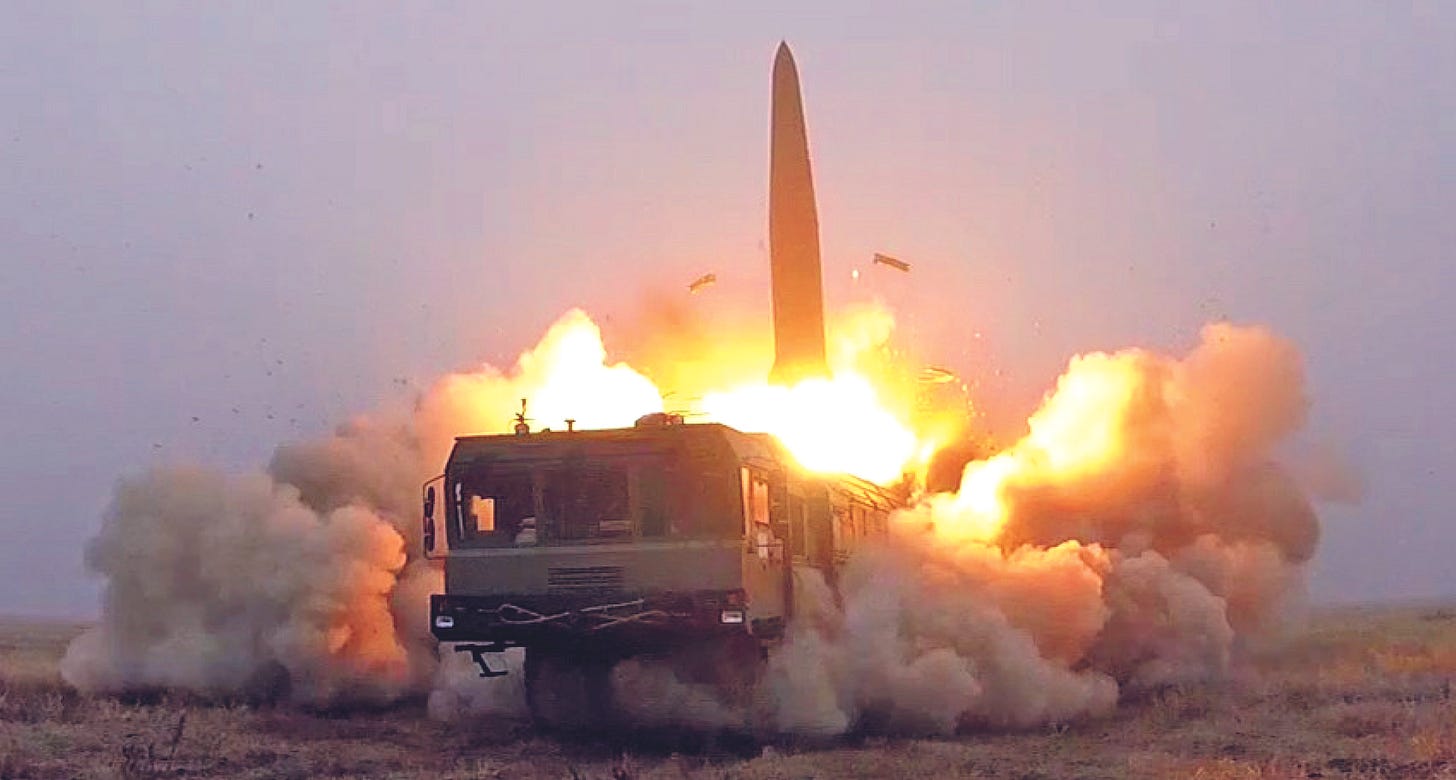
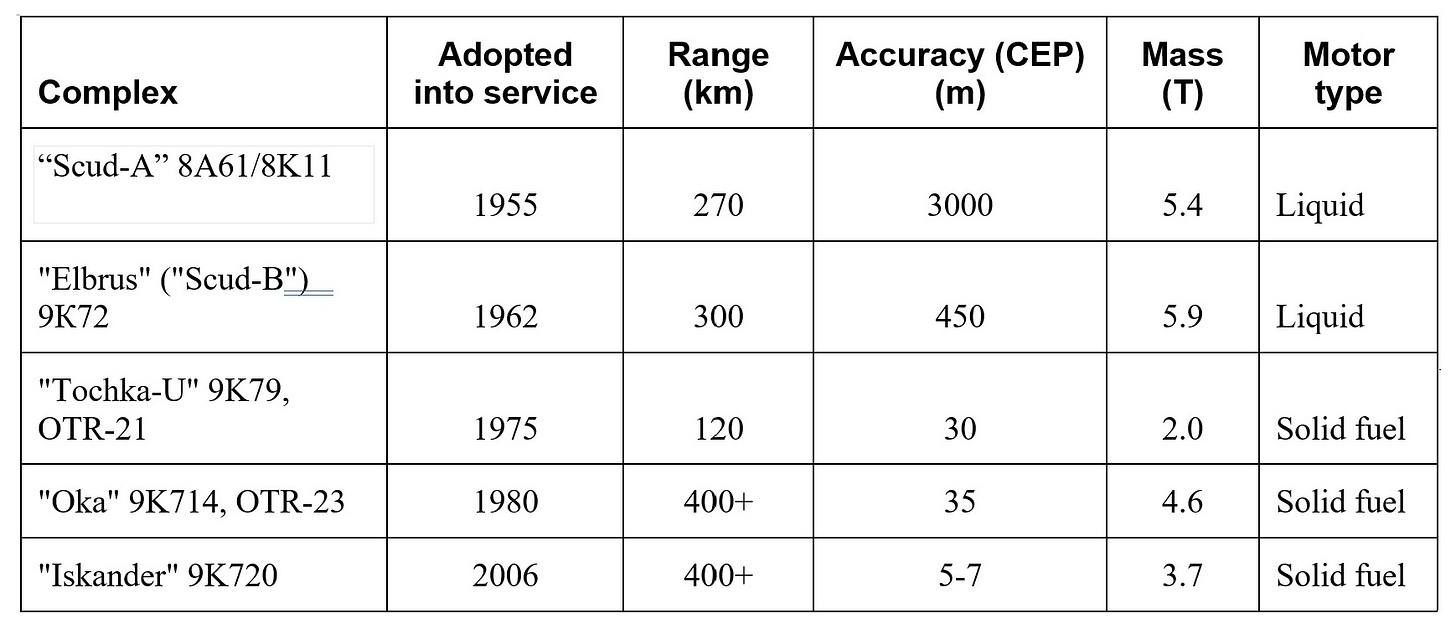

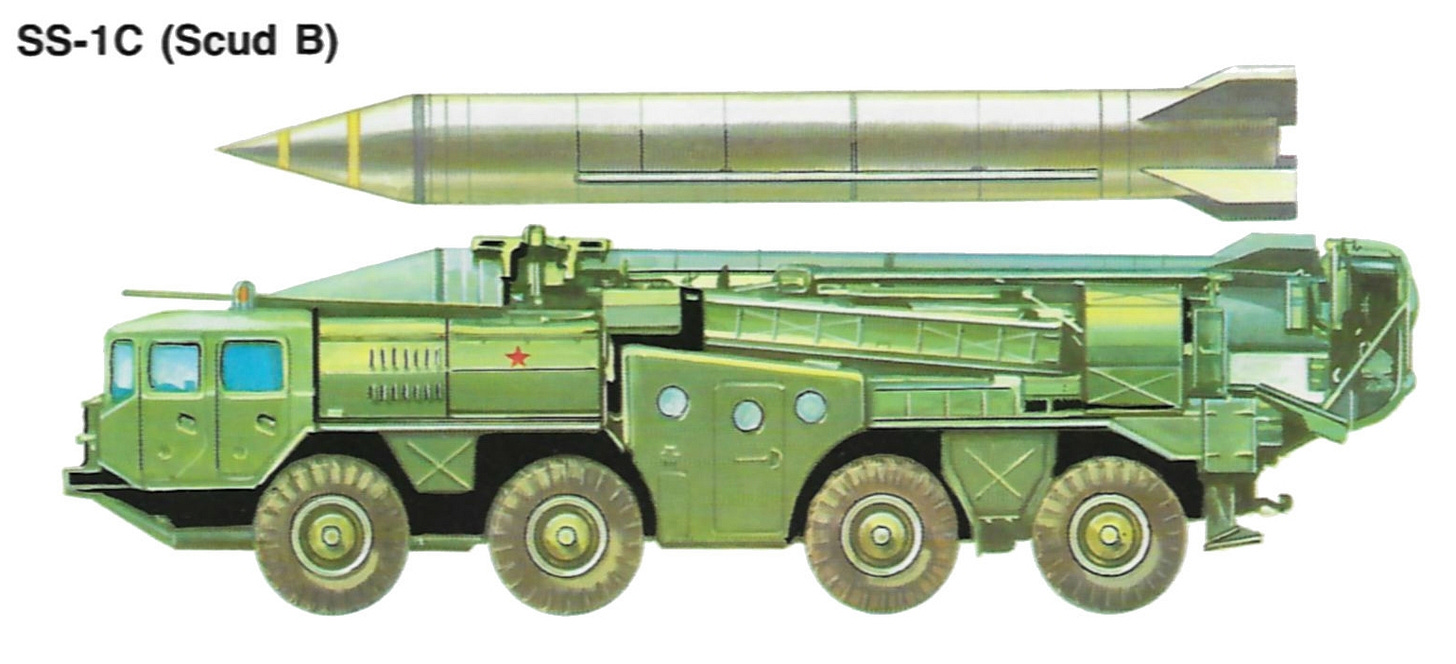
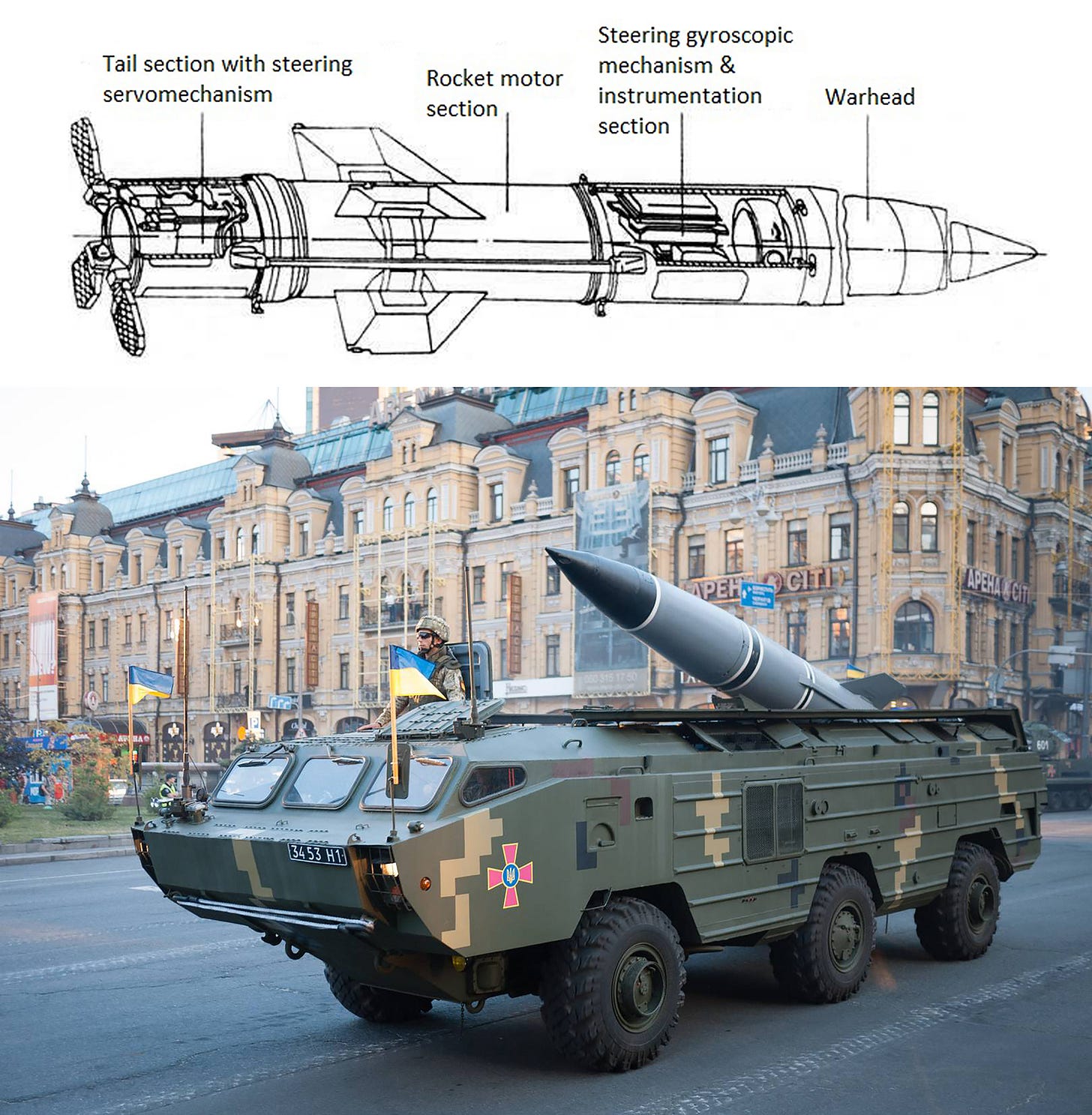

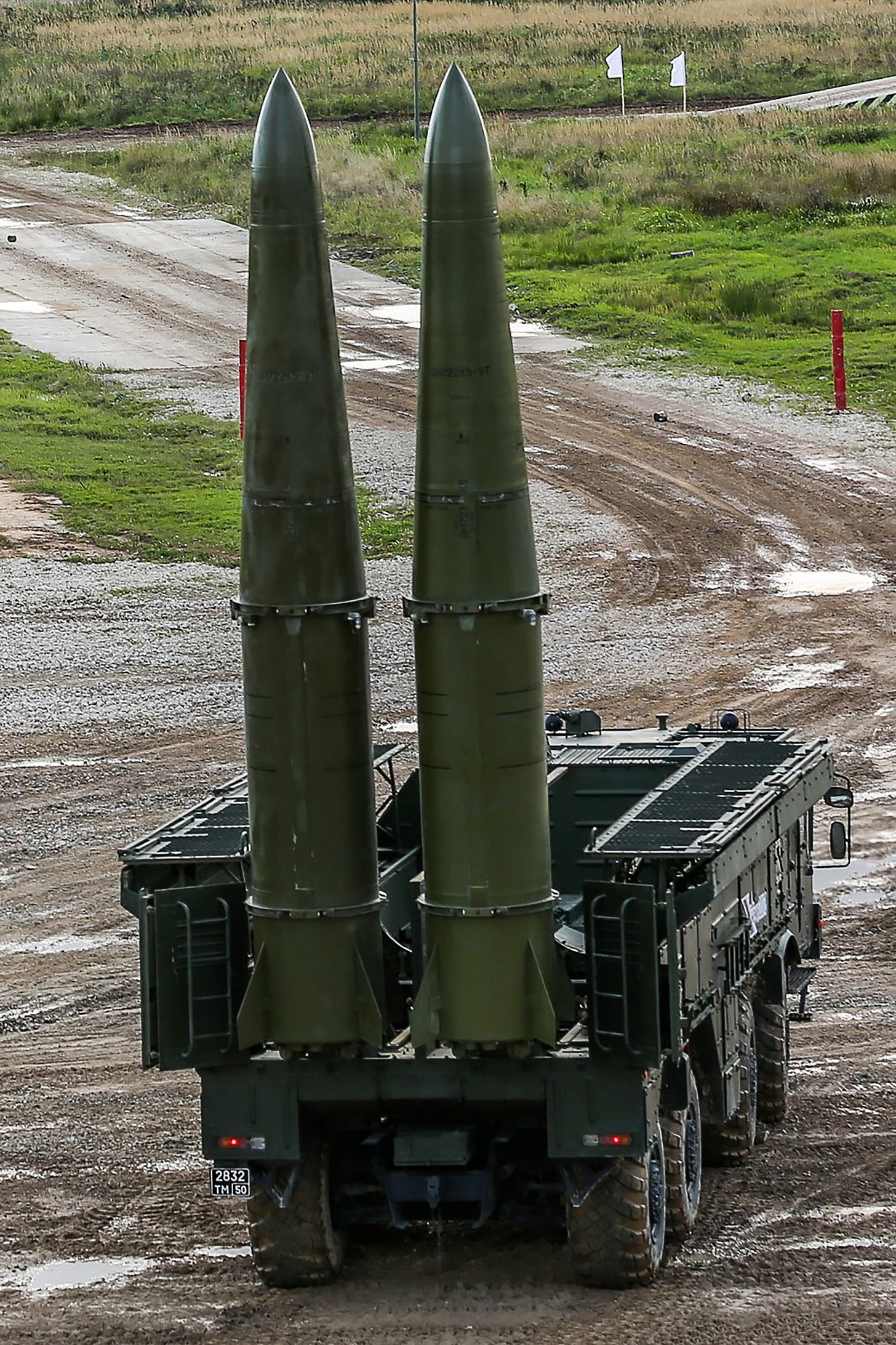
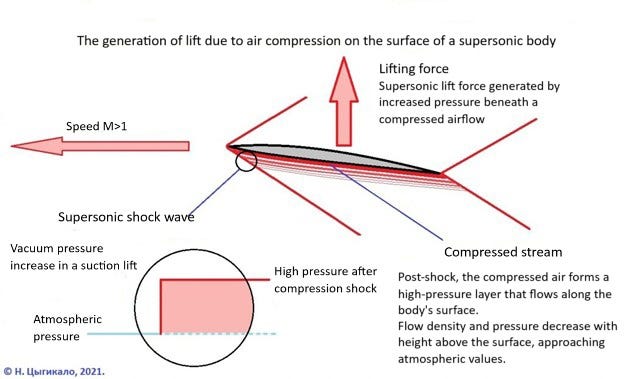
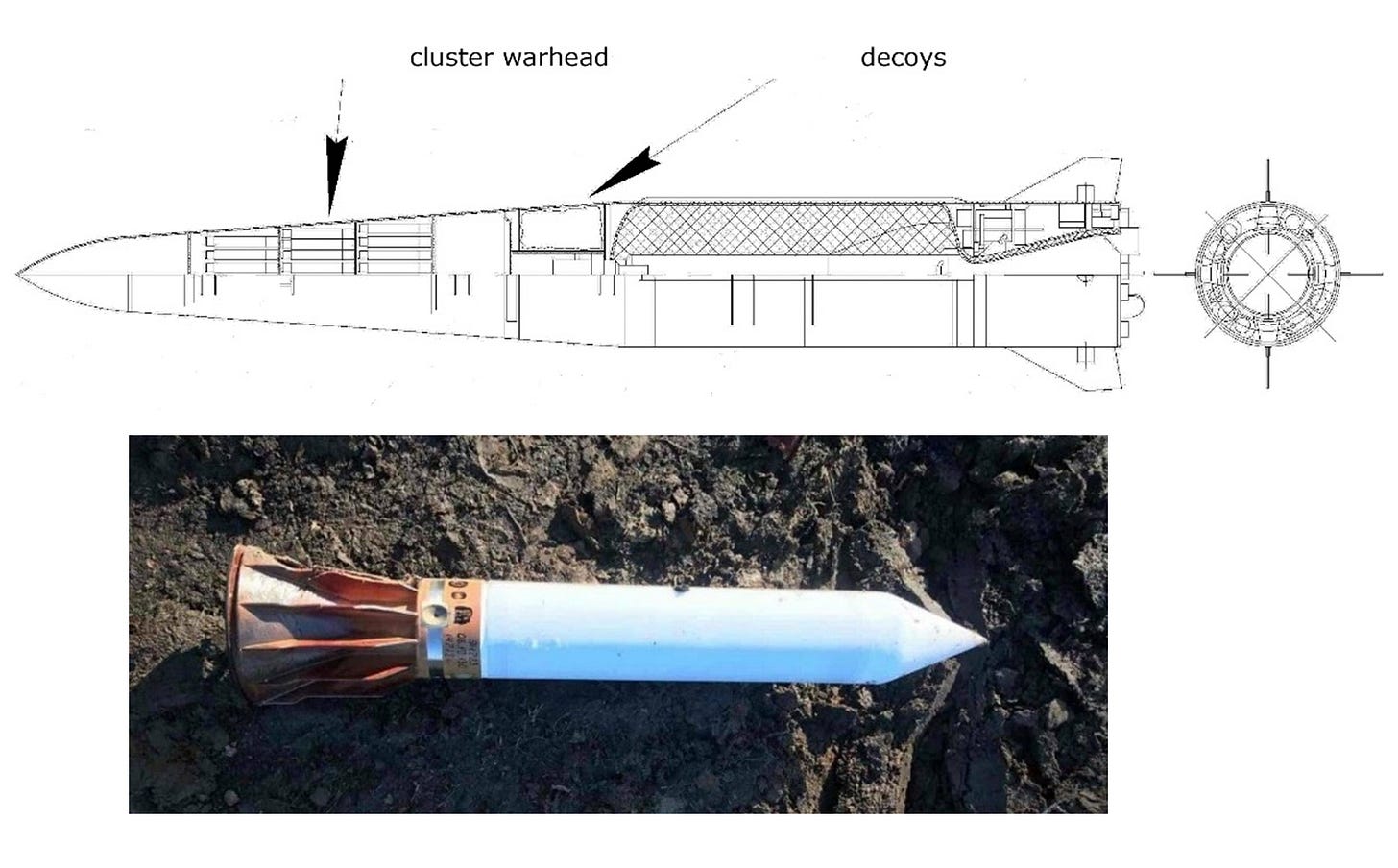
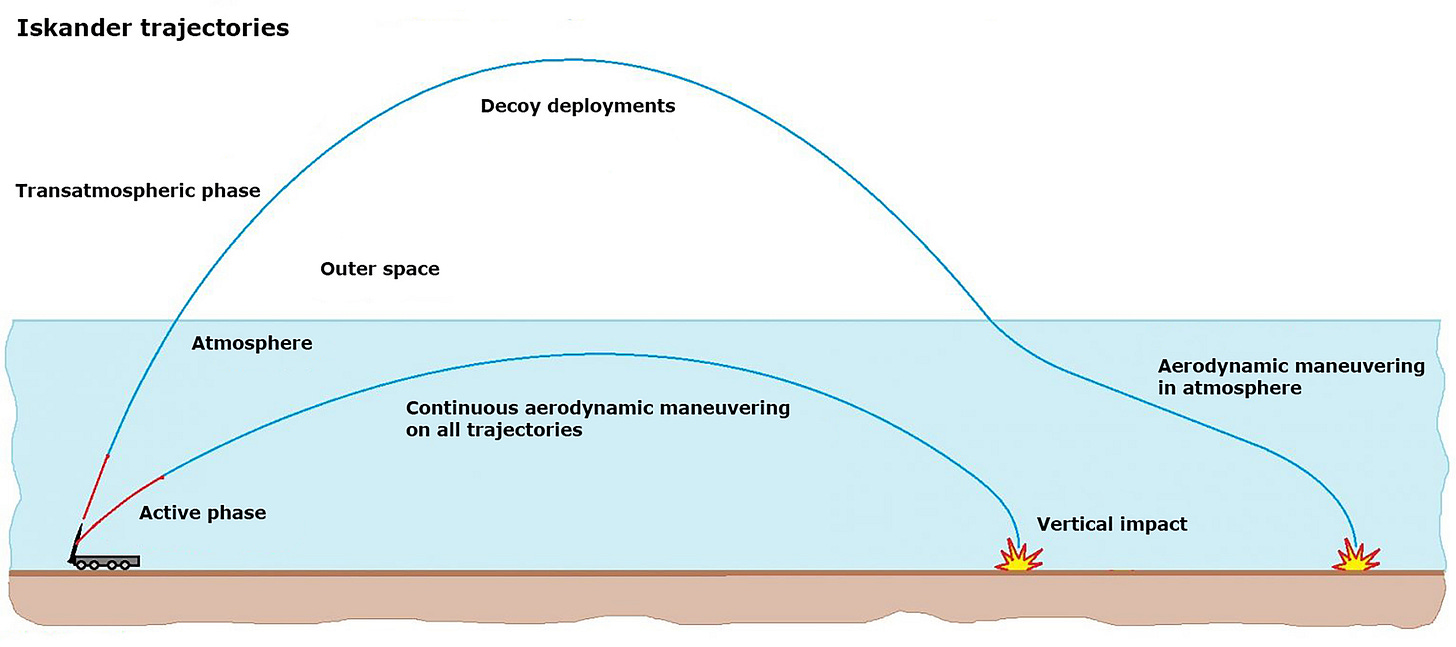
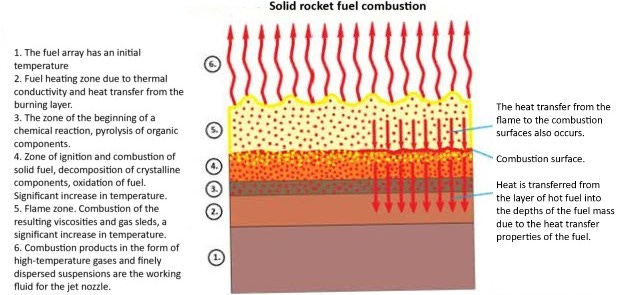
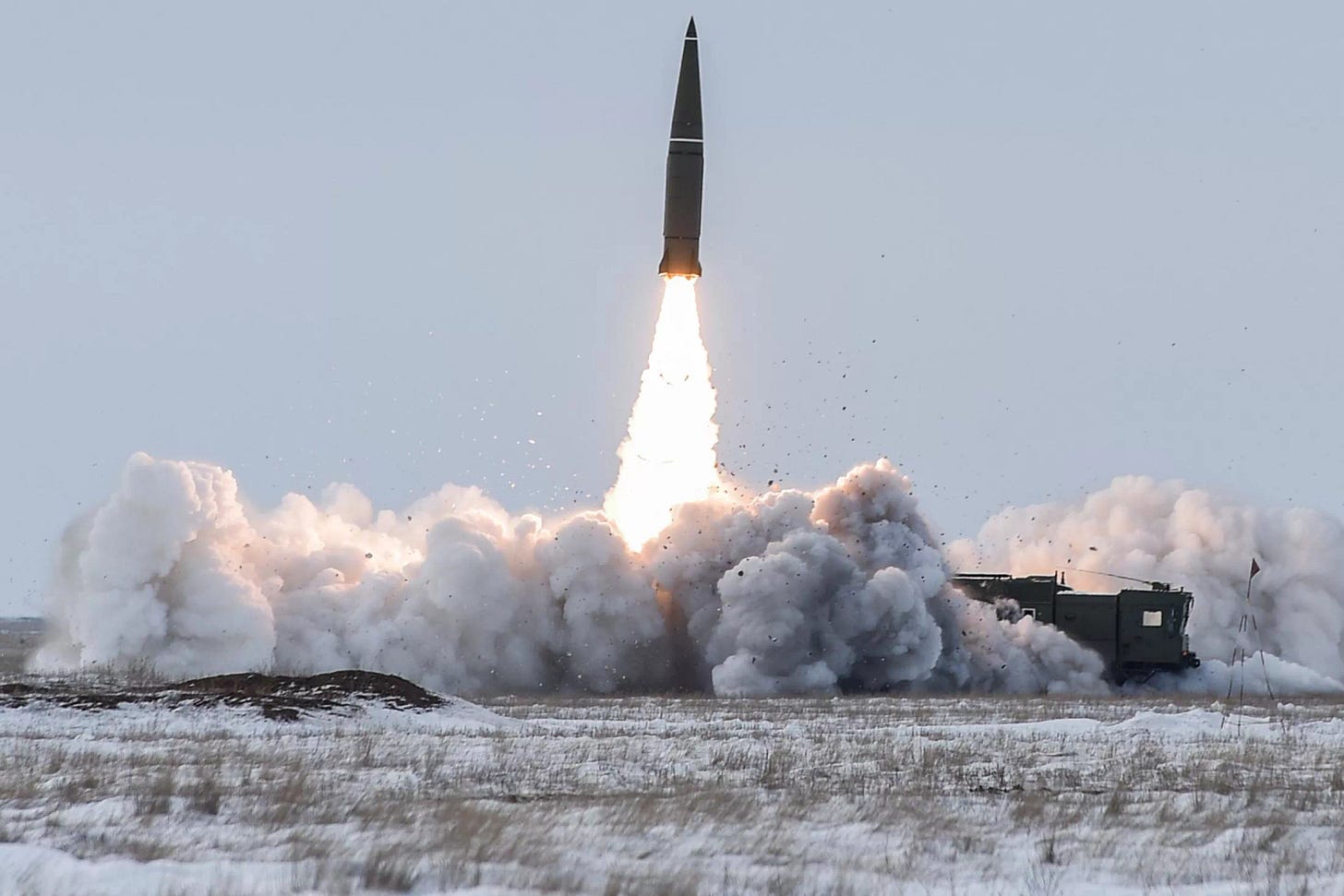

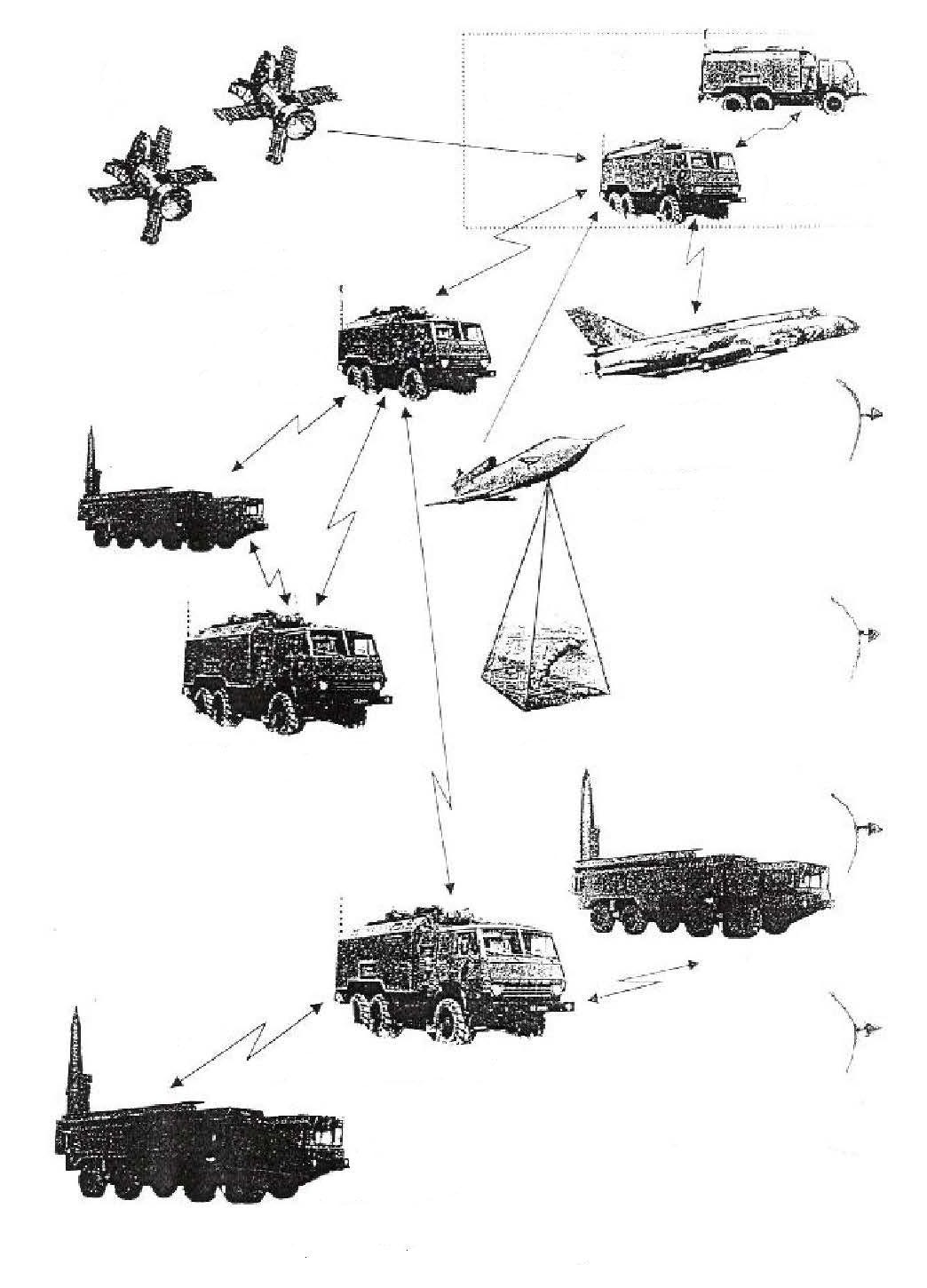
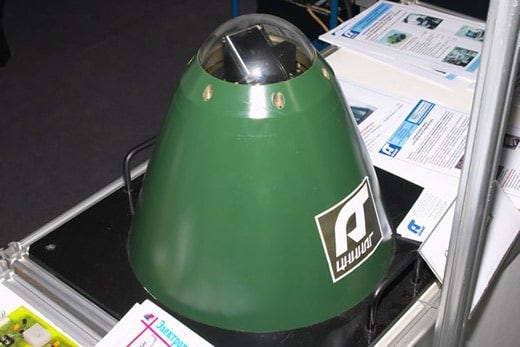

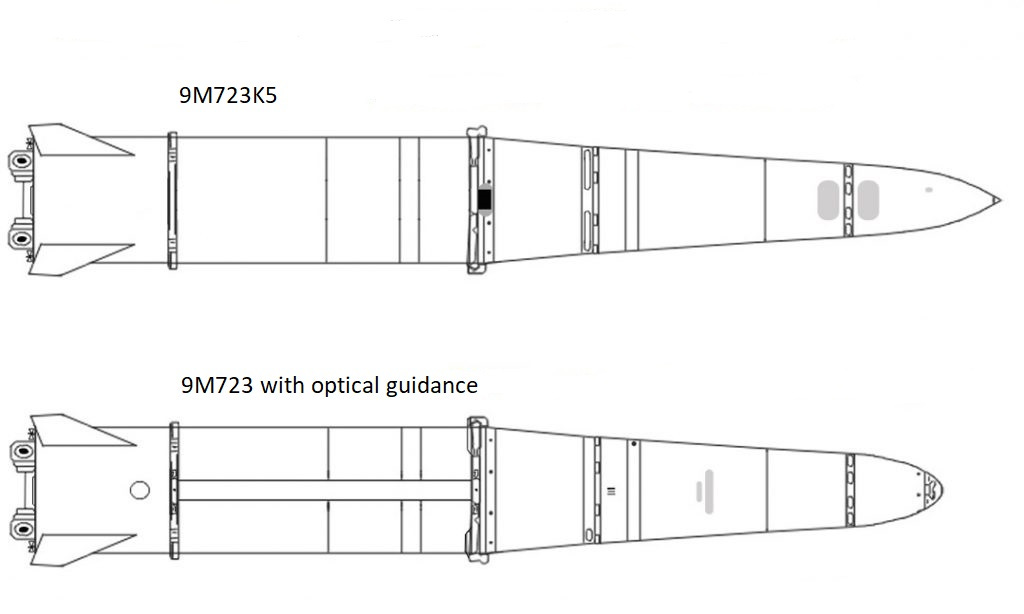

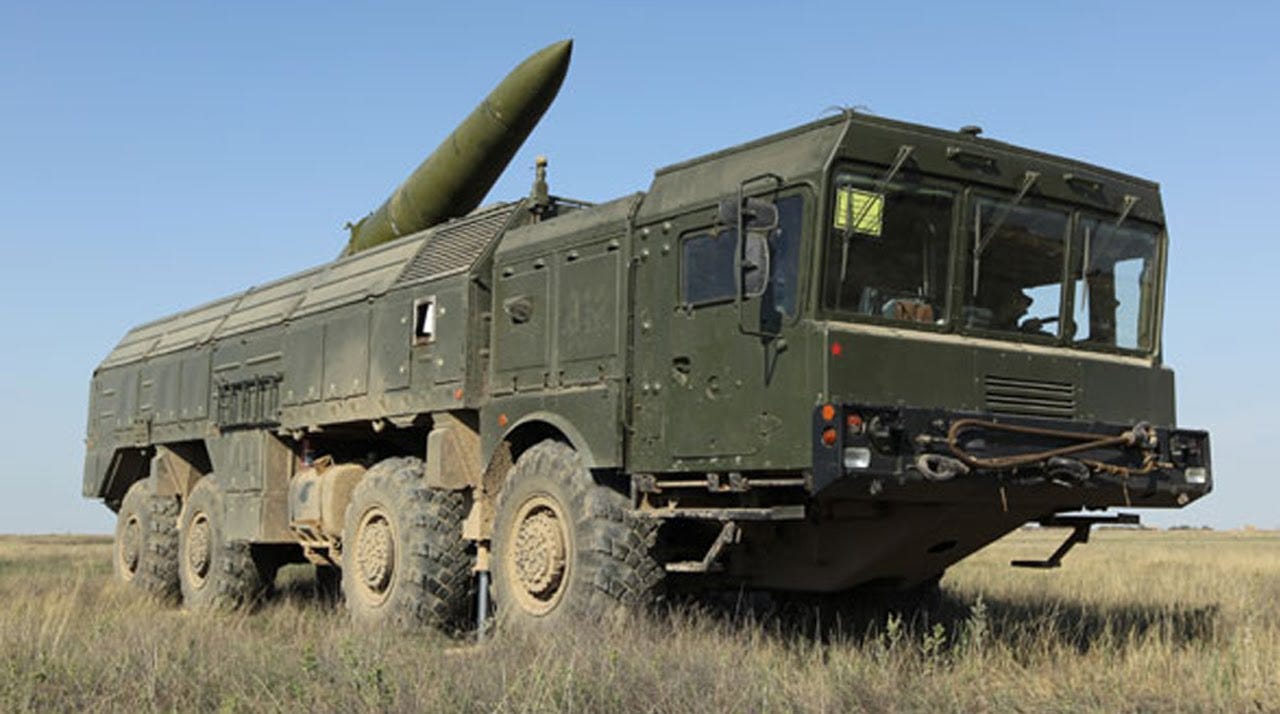
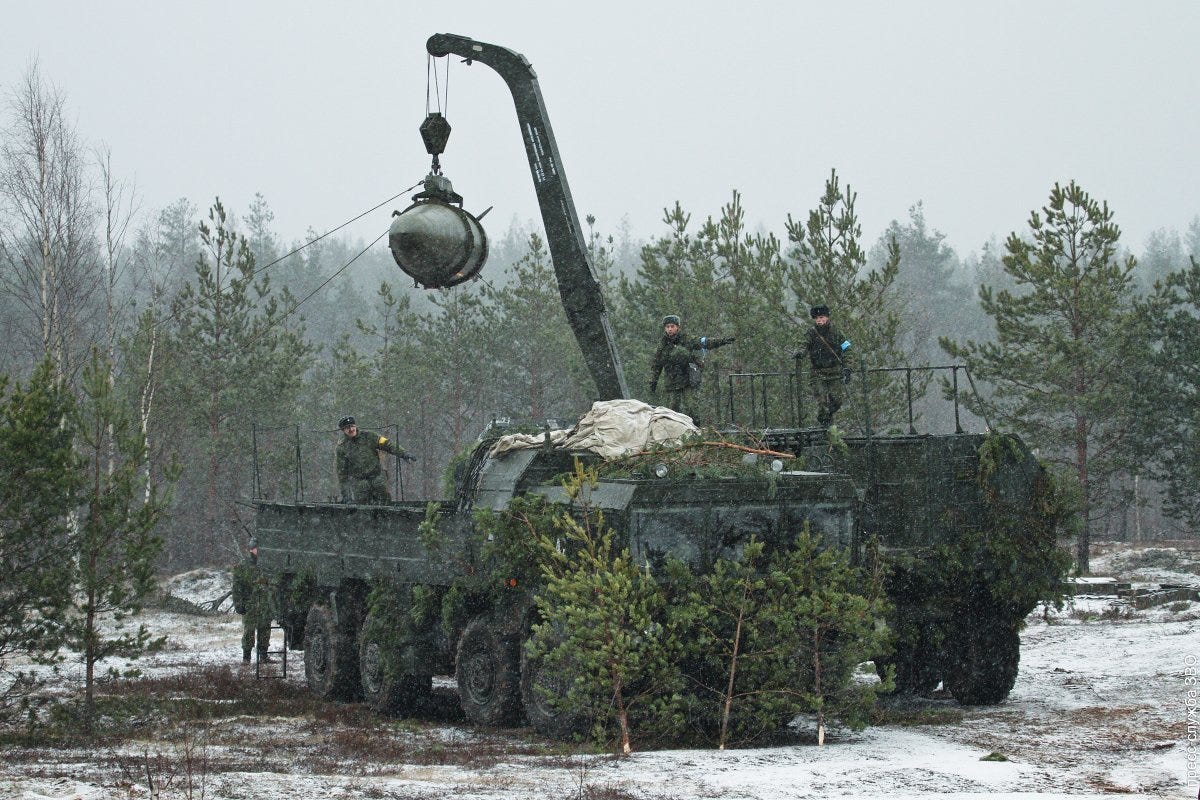
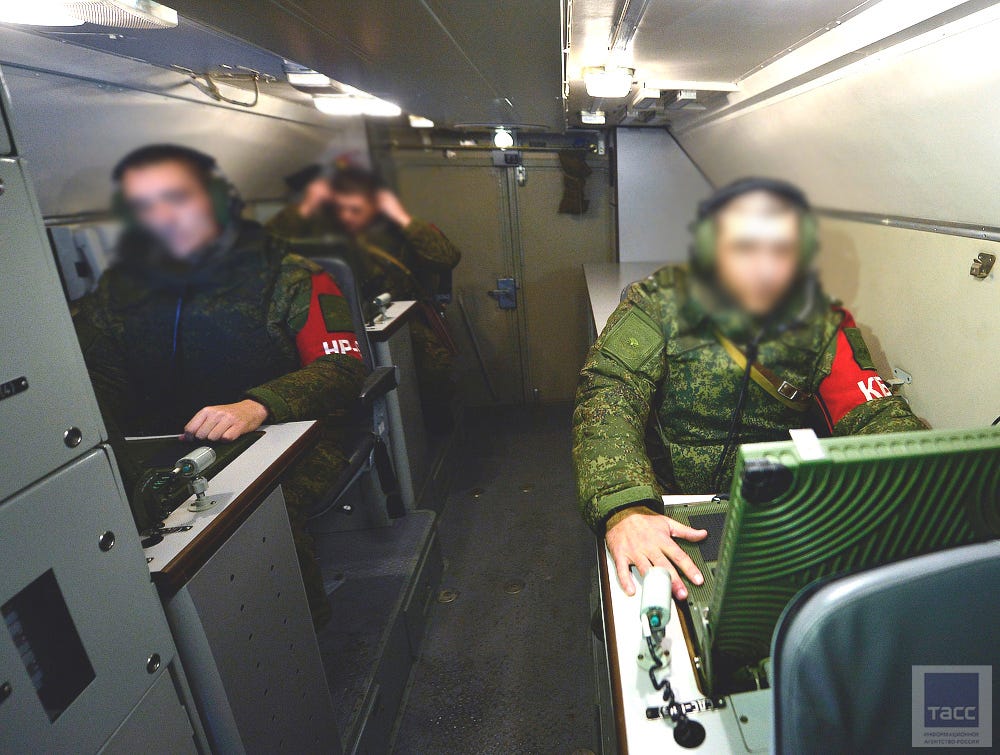
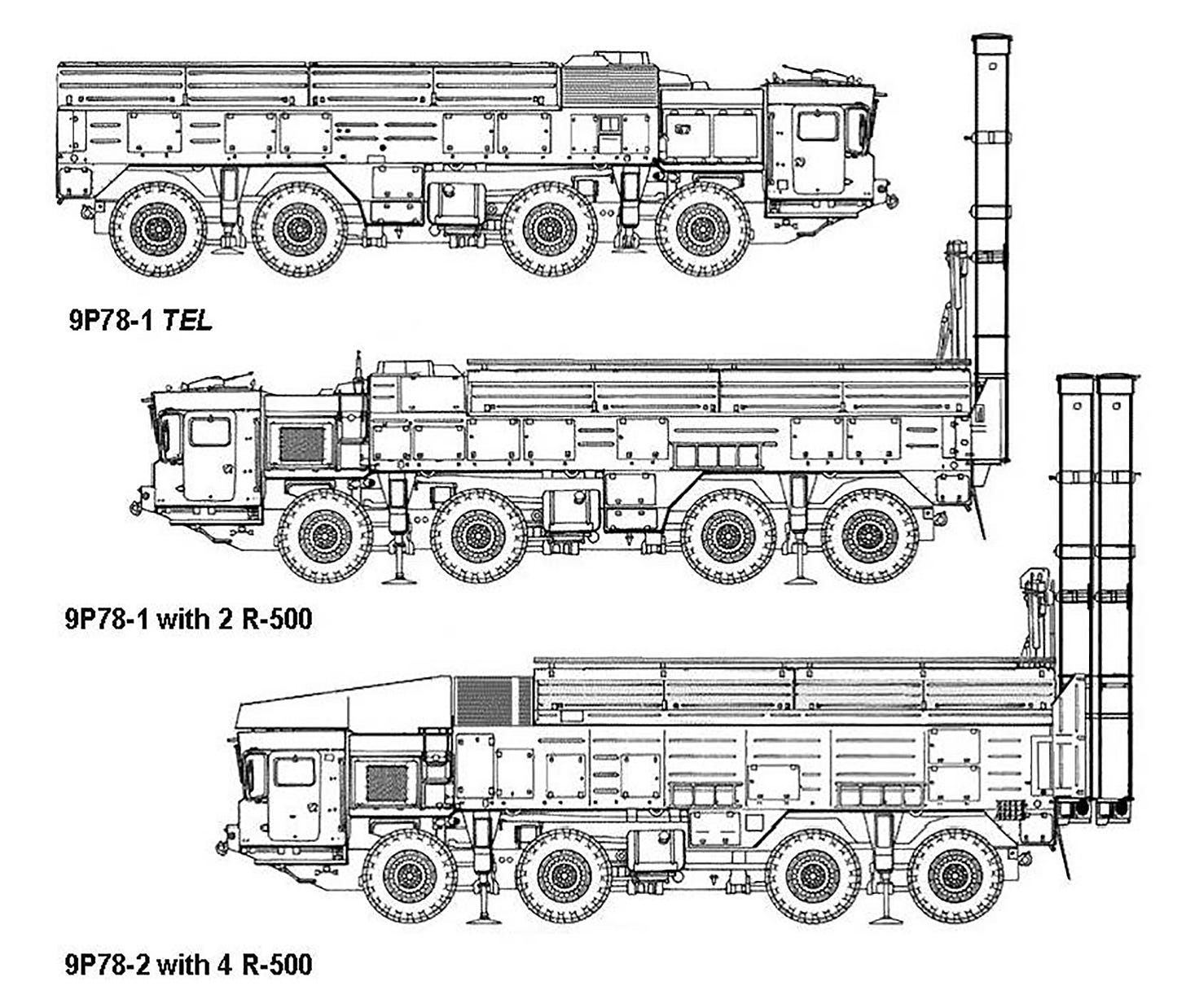
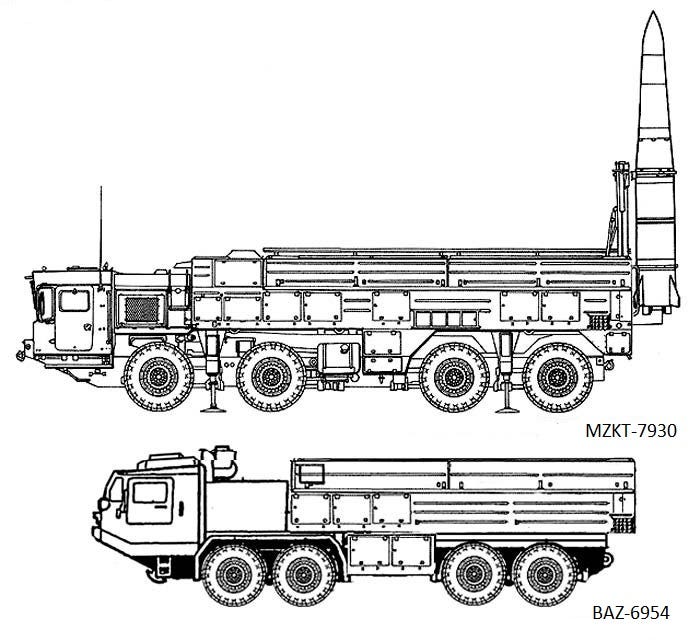


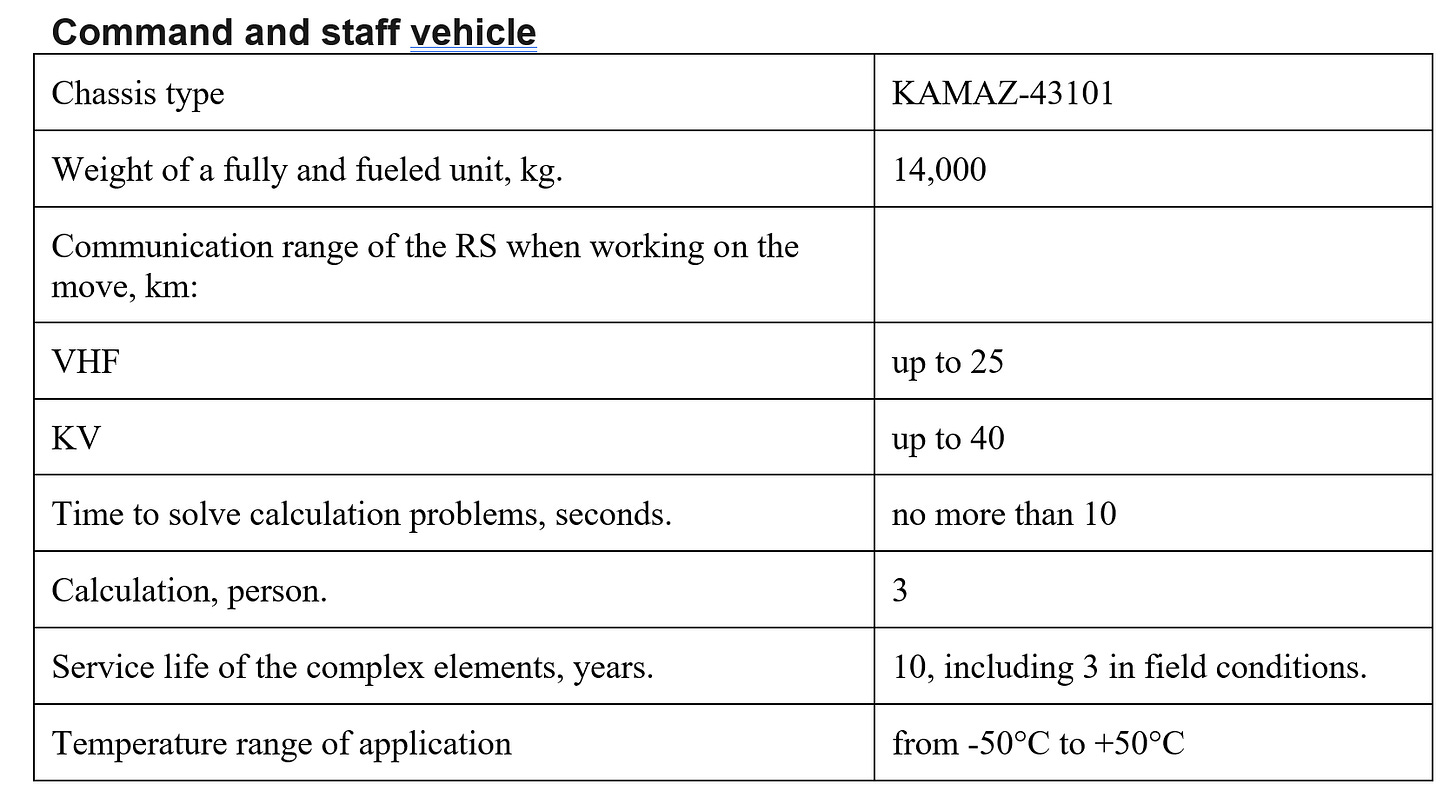
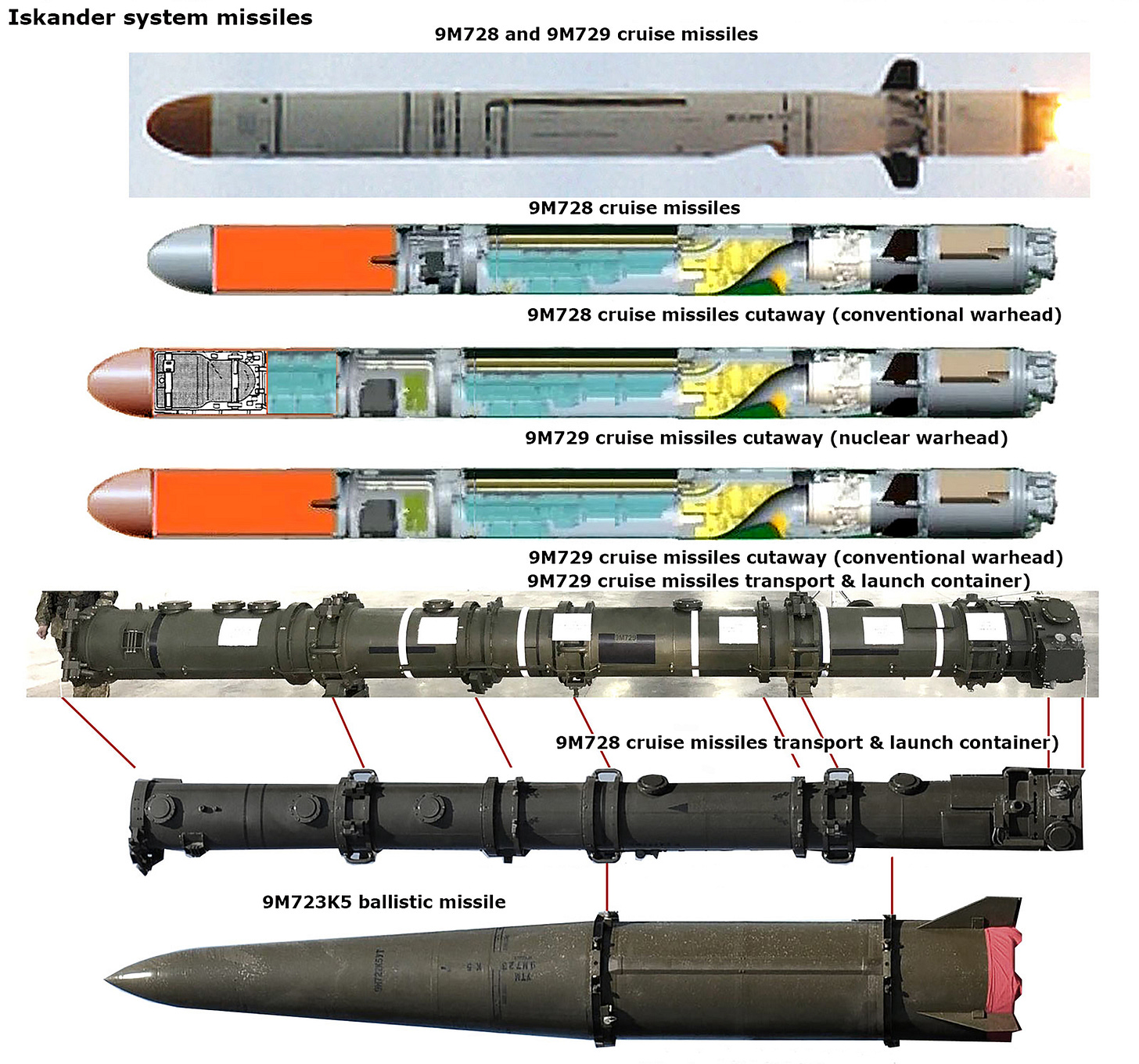
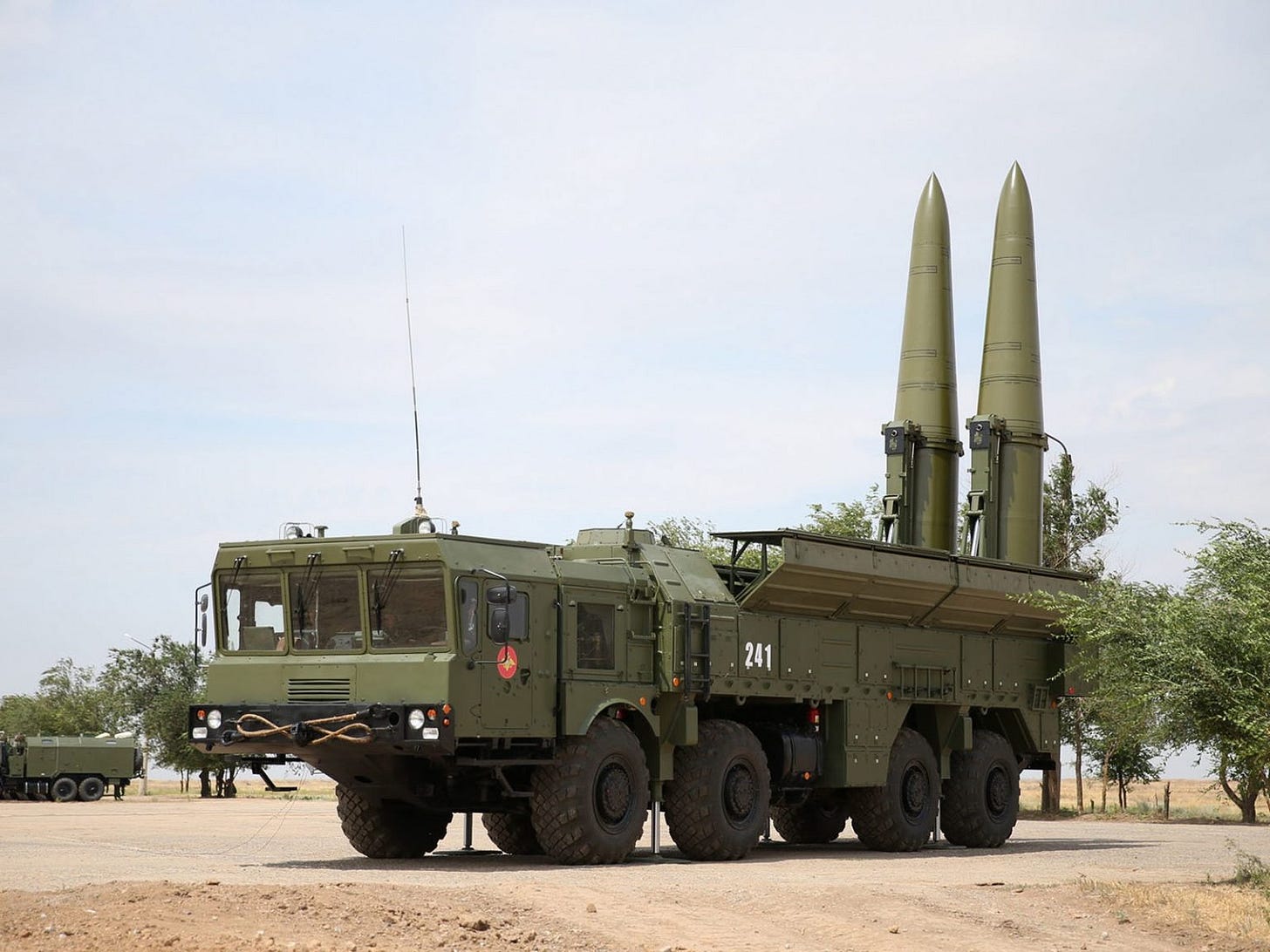
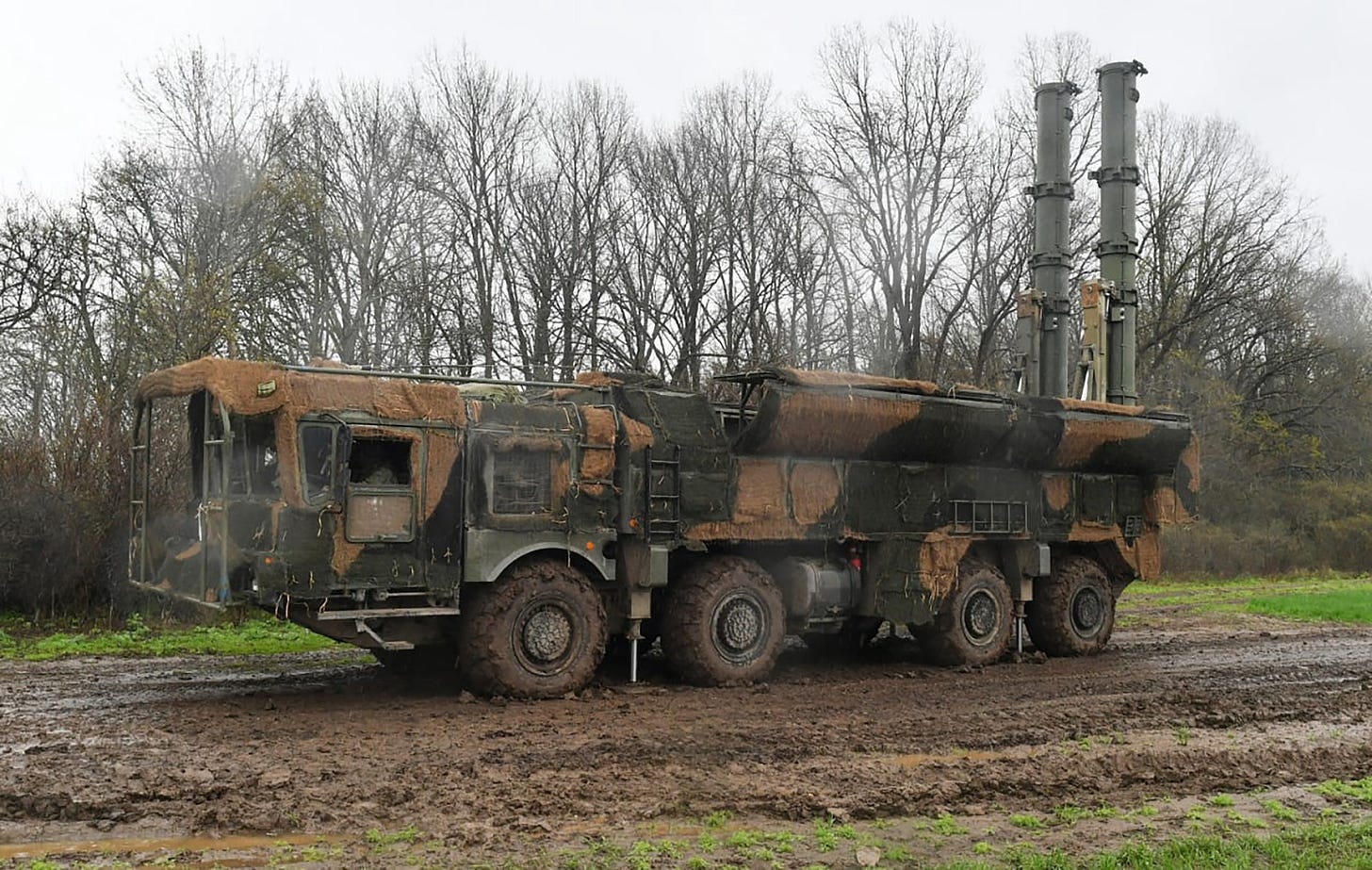
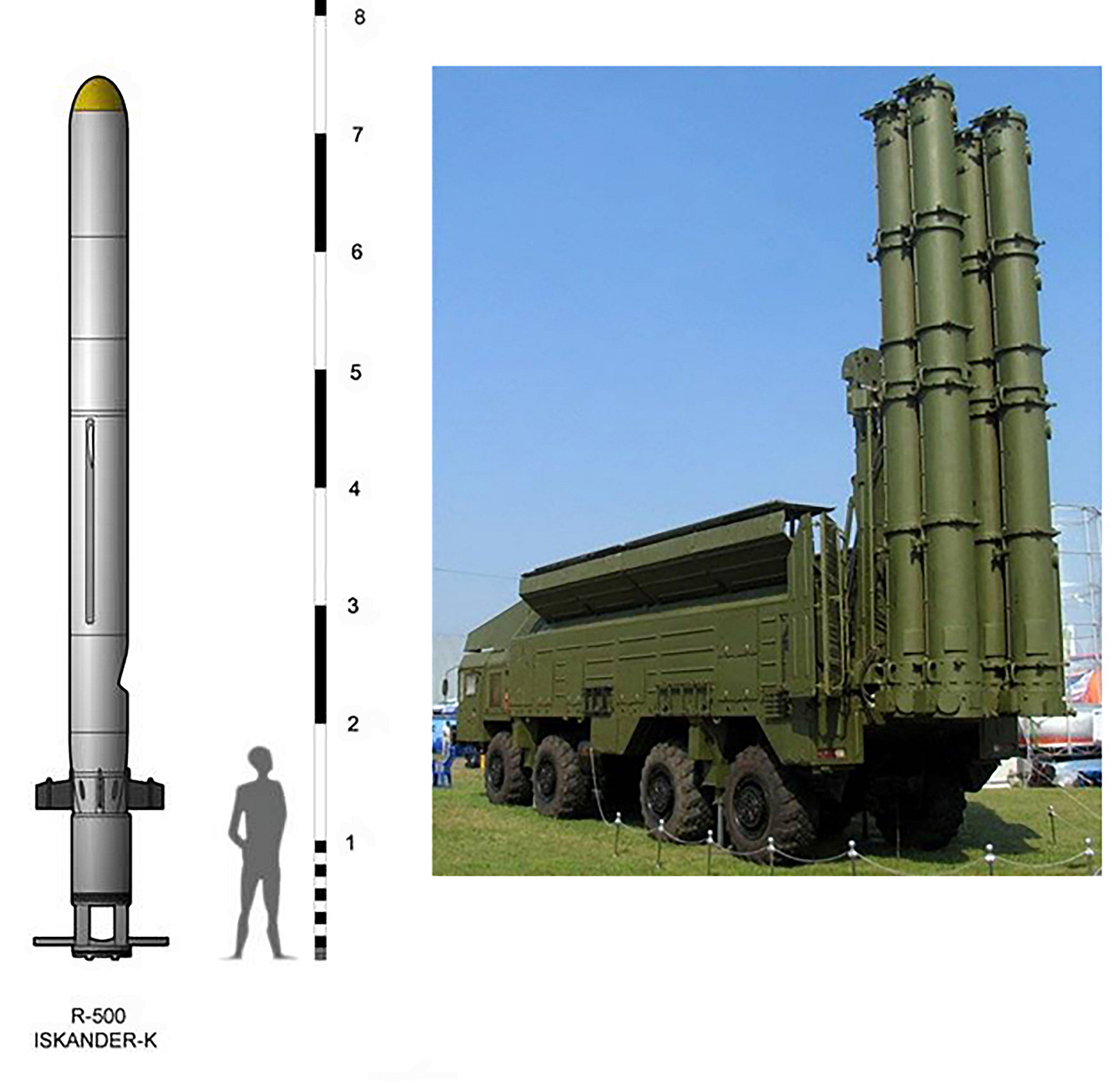
Great read dude. Really tho. 👏🏼 💯
Very good write up! Thank you